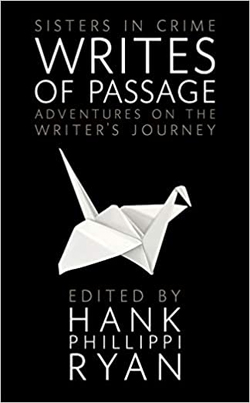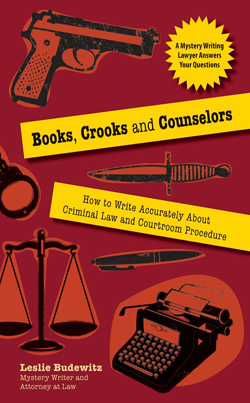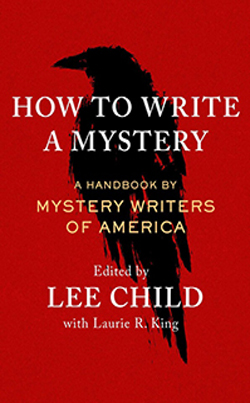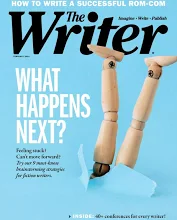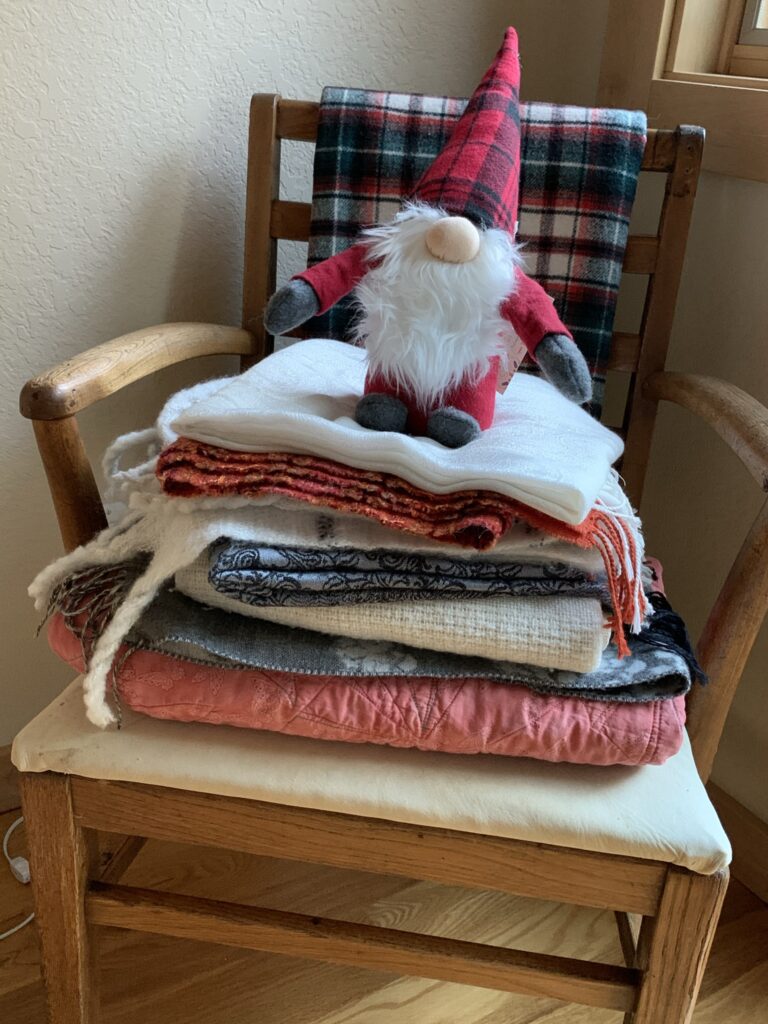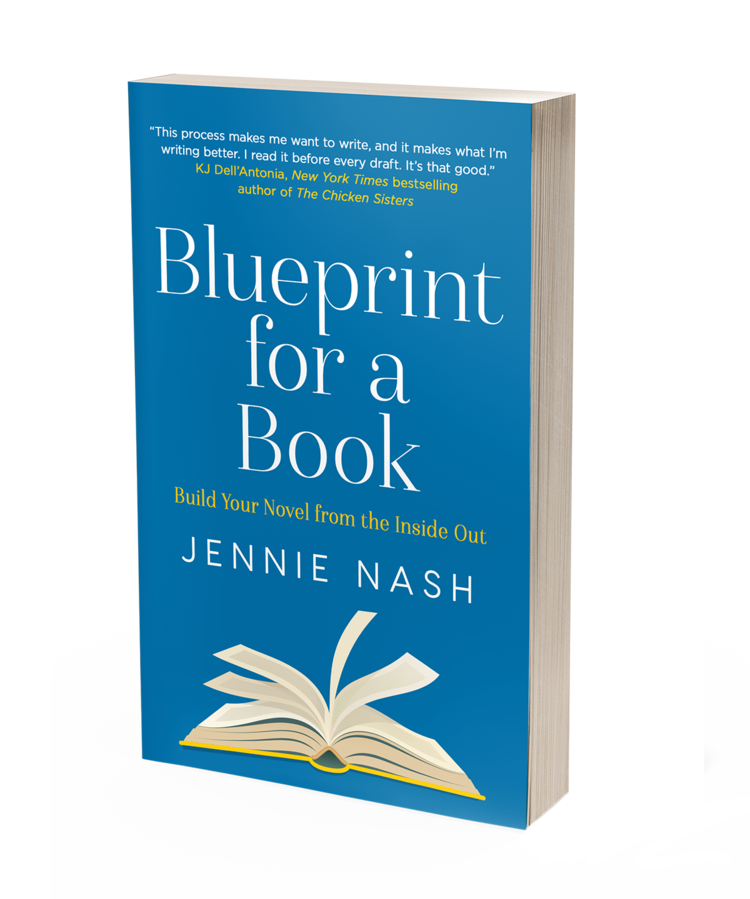“I could hear your voice throughout,” a friend told me after reading Blind Faith, my standalone coming this fall (written as Alicia Beckman).
That reminded me of a different friend, who read Death al Dente, my first Food Lovers’ Village mystery, when it was newly published and said “it sounds just like you talk.”
And of course, other friends have said Pepper in my Spice Shop mysteries sounds just like me.
I’ve taken great pains to make the books different. To give Lindsay and Erin and Pepper different ways of speaking, of swearing, of talking to themselves. They have different lives, in different places. I’ve been careful to give them different experiences, to write some in first person and some in third.
Did I blow it? Do my main characters really all sound the same? Do they all sound like me? (Lindsay, the main character in Blind Faith, probably shares more of my upbringing and my personal views, even though her life experiences are very different from mine.)
No, not literally. But that’s not what we mean by voice, is it? Yes, it’s in the characteristic phrases, the pet words, the rhythm of the sentences. But it’s also in what the characters care about. How they think of the world.
My characters are concerned about community. About their relationship to their physical surroundings, whether it’s their home, the windswept prairie, or the historic building they work in. If an issue arises in my life, it might show up in one of their lives, because I want to explore it more deeply, and I figure if it snares my attention, it might matter to my readers, too. My main characters are interested in the world around them, even though they don’t all read or watch movies or garden. They do all love food and art! They’re interested in friendships, especially between women. In starting over. In healing the wounds injustice causes.
They sound like me because there’s a little bit of me in each of them. And that’s a good thing, because that’s one of the ways we make our characters come alive.
Tell me, friends. What does voice in a novel mean to you? Do you think about it as you write? Do you try to cultivate it, to change it from one type of story to another? Can it even be changed? Could we pick up any book of yours and hear you, regardless of the genre or subject matter?


